
Roots
The quiet rustle of papyrus, the soft desert breeze carrying whispers of ages past—these sensations invite us to consider the foundational practices of ancient Egypt, particularly how they cared for their crowning glory. It’s a journey back to a time when beauty rituals were deeply intertwined with daily life, health, and even spiritual belief. The quest to understand what oils graced the hair of pharaohs and commoners alike unveils a fascinating chapter in the story of human adornment and wellness. We seek not just a list of ingredients, but a deeper resonance with the wisdom of those who walked before us, their gentle care for their strands echoing across millennia.

What Did Hair Mean in Ancient Egypt?
In ancient Egypt, hair held a significance that transcended mere aesthetics. It was a powerful symbol of Wealth, Status, and even Vitality. For many, maintaining a healthy, lustrous head of hair was a reflection of one’s place in society and overall well-being. This societal emphasis extended to all genders, with both men and women dedicating time and resources to their hair and skincare.
While priests often shaved their heads for purity, the general populace, particularly the elite, valued abundant and well-kept hair, often styling it elaborately. This cultural perspective laid the groundwork for the meticulous care routines that involved various natural substances.
Ancient Egyptian hair care was not merely about appearance; it reflected social standing and vitality for both men and women.

How Do We Know About Ancient Egyptian Hair Practices?
Our insights into ancient Egyptian hair conditioning stem from a blend of archaeological discoveries and surviving written records. Excavations of tombs and settlements have frequently uncovered cosmetic vessels, ointment jars, combs, and hair ornaments, providing tangible evidence of their beauty practices. The contents of some of these vessels have even been preserved, allowing modern scientific analysis to identify the precise substances used.
- Archaeological Finds ❉ Tombs have yielded cosmetic boxes, jars, and applicators, sometimes still containing remnants of ancient preparations. For instance, the tomb of Kemeni, a royal butler, contained an elaborate cedar and ivory box with compartments for ointment jars.
- Mummy Hair Analysis ❉ Direct examination of hair samples from mummies offers compelling evidence. Researchers have found hair coated in fat-based substances, revealing the composition of ancient styling and conditioning products.
- Ancient Texts ❉ Medical papyri, such as the Ebers Papyrus and the Hearst Papyrus, provide written recipes and descriptions of remedies for hair-related concerns, including hair loss and greying. These texts offer invaluable insights into the Egyptians’ understanding of hair health.
A notable study, for instance, examined hair samples from 18 mummies, some dating back 3,500 years, and found that nine of them had hair coated in a fat-like substance. Gas chromatography-mass spectrometry identified biological long-chain fatty acids, including palmitic and stearic acids, suggesting a styling product used both in life and as part of the mummification process. This scientific scrutiny allows us to move beyond speculation and gain a concrete understanding of their hair care chemistry.

Ritual
Stepping into the world of ancient Egyptian hair care is to recognize the daily practices, the careful applications, and the mindful moments that shaped their beauty routines. It wasn’t merely about applying a substance; it was a ritual, a connection to well-being that unfolded with gentle precision. As we seek understanding of what oils they used, we gain a sense of the tangible methods that brought their hair to life, offering a quiet wisdom that transcends time.

What Oils Did Ancient Egyptians Apply for Hair Conditioning?
The ancient Egyptians employed a variety of plant-derived oils for conditioning their hair, recognizing their moisturizing and nourishing properties, particularly in the harsh desert climate. These oils served multiple purposes, from maintaining softness and shine to addressing specific concerns like dryness or even pest control.
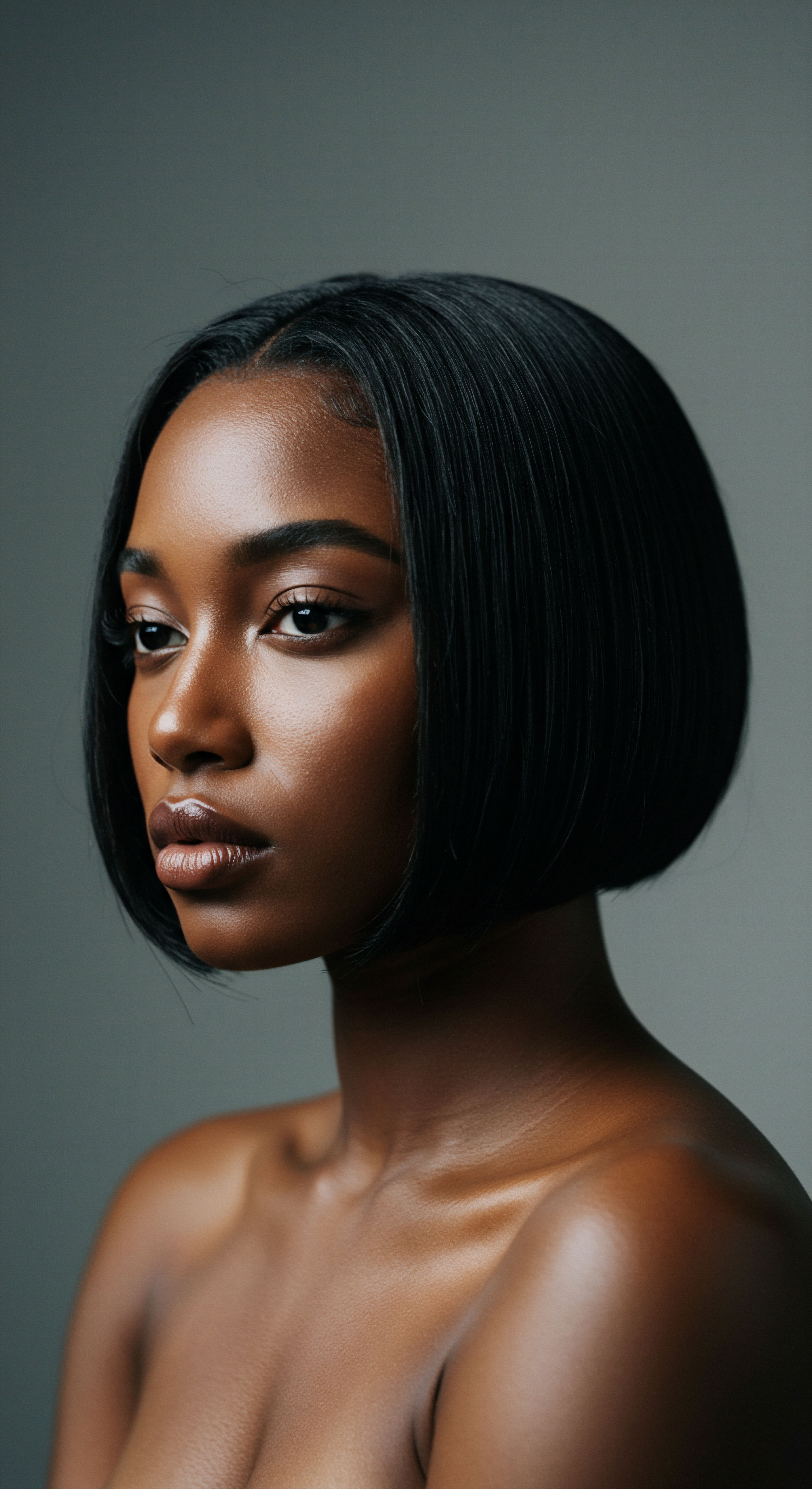
Castor Oil and Its Conditioning Qualities
Among the most frequently mentioned oils in ancient Egyptian hair care is Castor Oil. Its use was widespread, valued for its ability to promote healthy hair growth and enhance hair strength. Ancient Egyptians recognized its nourishing qualities, making it a cornerstone of their hair treatments.
This oil was often massaged into the scalp, sometimes as part of a hot oil application, to maximize its perceived benefits. The Ebers Papyrus, a significant medical text from around 1550 BCE, even mentions castor oil in various remedies, including those for hair loss.

Moringa Oil and Desert Protection
Known as the “miracle oil,” Moringa Oil held a high place in ancient Egyptian beauty regimens. Its lightweight texture and rich antioxidant content made it ideal for nourishing the scalp and promoting overall hair health. In the challenging desert environment, moringa oil provided a natural shield against environmental damage, helping hair remain resilient and hydrated. Its continued use in modern natural cosmetic products speaks to its enduring efficacy.
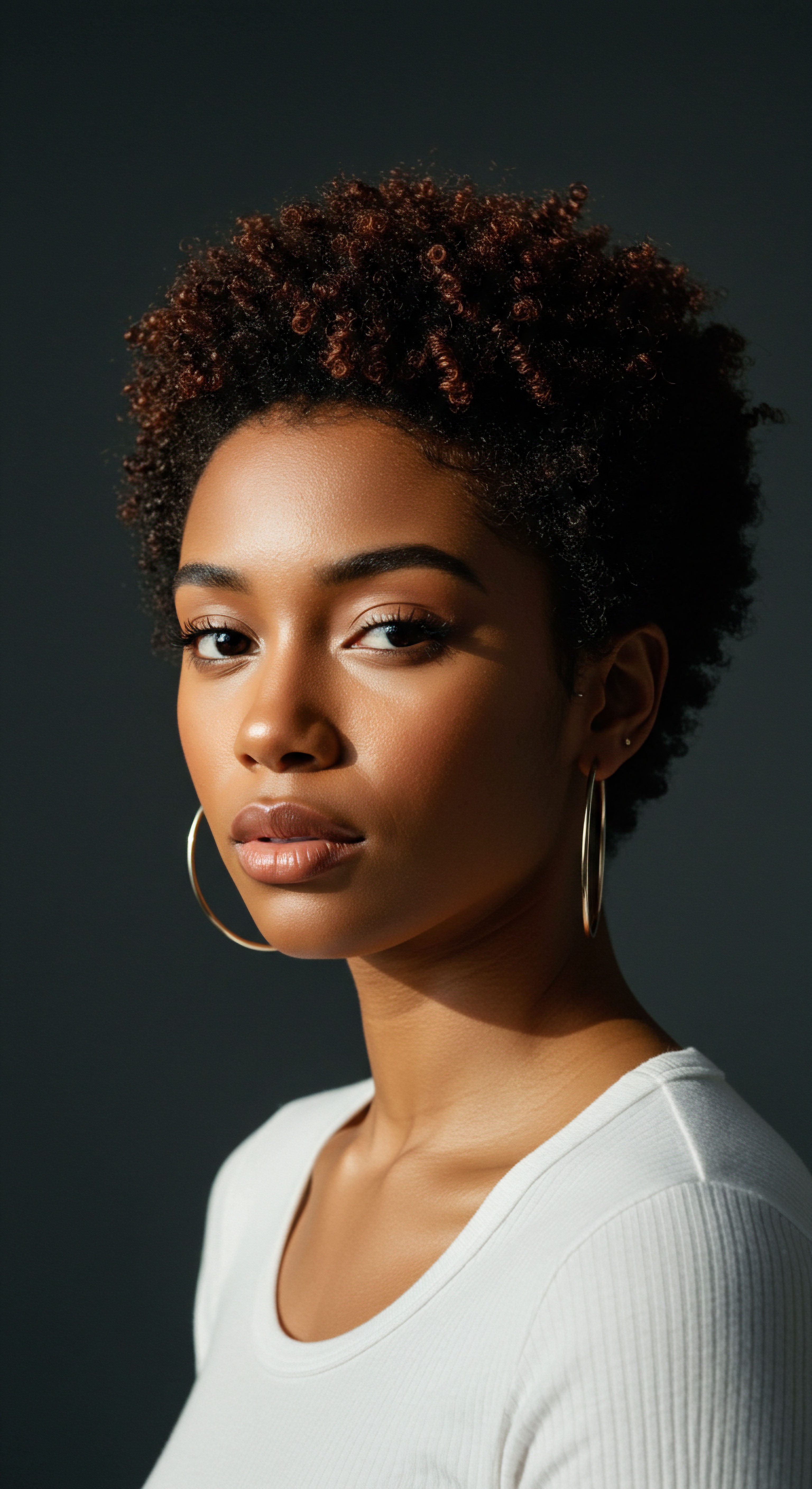
Almond Oil and Supple Strands
Almond Oil was another staple for keeping hair silky smooth and supple. Both sweet and bitter almond oils were known, though sweet almond oil was more commonly used in cosmetics due to its gentle nature and lack of toxicity. It was applied to the hair to moisturize and strengthen, contributing to the desired soft texture. The presence of almonds among the treasures of Tutankhamun’s tomb suggests their valued status, likely imported from the Eastern Mediterranean shores.
Castor, moringa, and almond oils were mainstays of ancient Egyptian hair care, valued for their hydrating and strengthening properties.
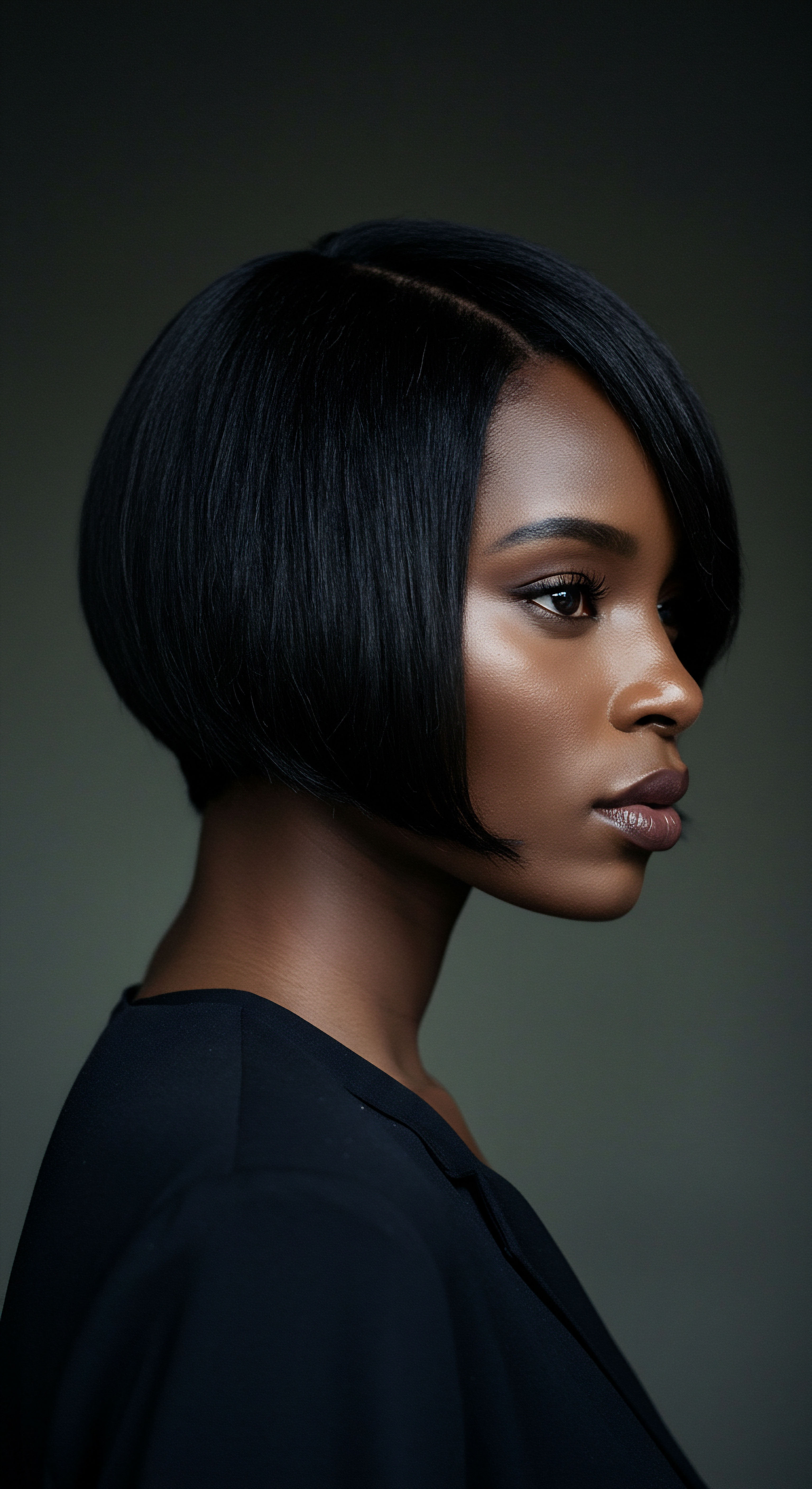
Olive Oil and Its Versatility
Olive Oil, a versatile and readily available resource in the Mediterranean region, also played a role in ancient Egyptian hair conditioning. It was prized for its moisturizing properties, often combined with other ingredients like honey in hair treatments. Beyond hair, olive oil was used for skin hydration and as a base for various cosmetic preparations.
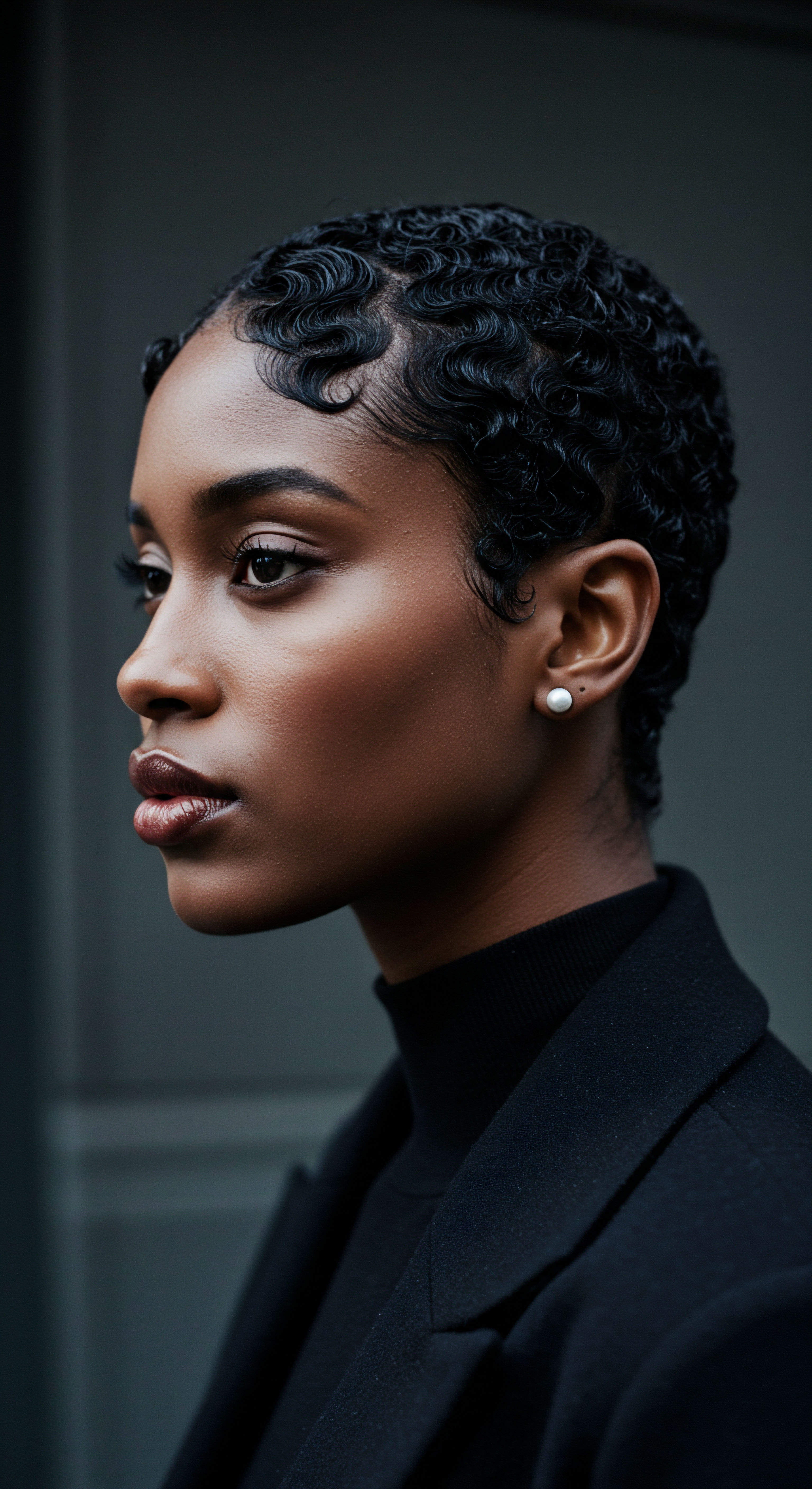
Sesame Oil and Holistic Care
Sesame Oil found its place in ancient Egyptian beauty practices, often alongside olive and almond oils, for moisturizing the skin and hair. Its inclusion suggests an understanding of its emollient properties, contributing to overall hair health and appearance. The use of sesame in traditional medicine across various ancient cultures further supports its recognition for therapeutic qualities.
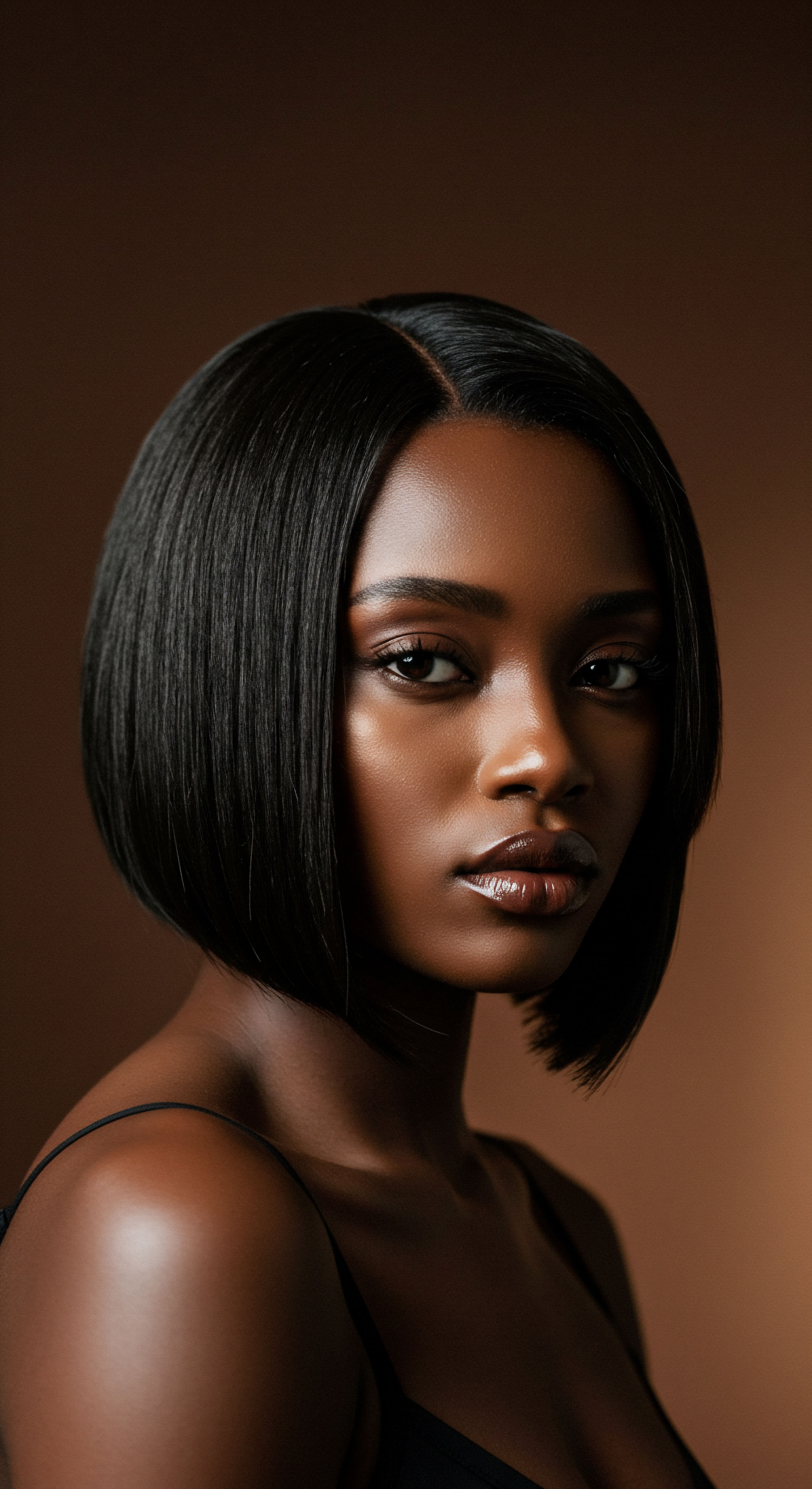
Other Plant-Based Additions
While oils formed the base, other natural ingredients were frequently incorporated into hair conditioning blends:
- Honey ❉ Often combined with oils, honey was valued for its moisturizing and revitalizing properties. It would have contributed to shine and softness.
- Fenugreek ❉ This herb was used for its perceived ability to support thick, shiny hair. It could have been incorporated into oil infusions.
- Aloe Vera ❉ Known for its hydrating and soothing qualities, aloe vera was used for both hair and skin.
These combinations suggest a sophisticated approach to hair care, blending various natural elements to achieve desired results.

Relay
To truly understand the oils used by ancient Egyptians for hair conditioning, we must peel back the layers of time, examining not just the substances themselves, but the scientific insights gleaned from their remnants, the cultural undercurrents that shaped their application, and the enduring relevance of their practices. This deep consideration allows us to relay a more complete picture, one that acknowledges the intricate interplay of historical context, chemical analysis, and human ingenuity.
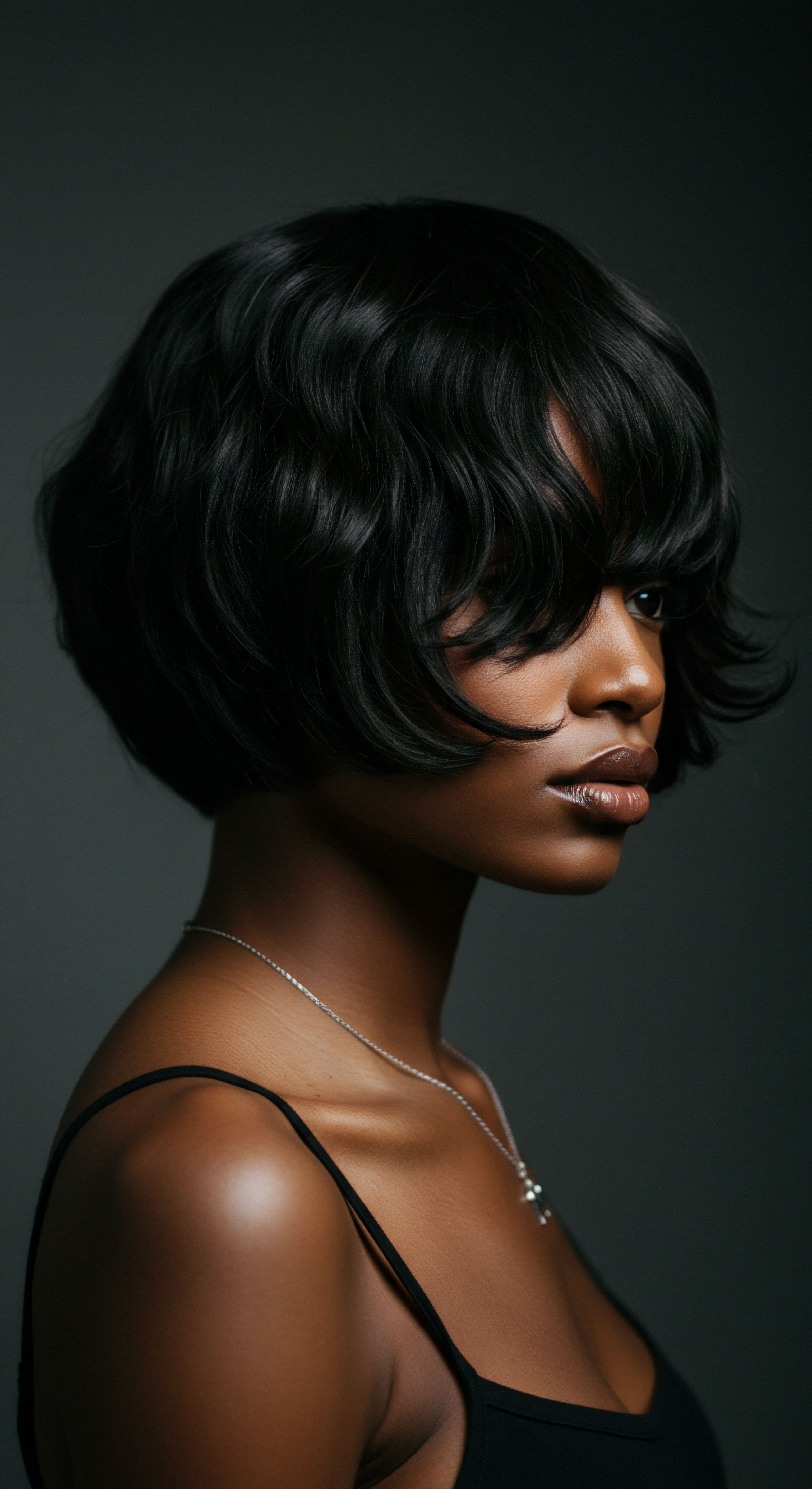
How Do Scientific Analyses Confirm Ancient Oil Use?
Modern scientific techniques have offered compelling evidence of the oils and fatty substances used by ancient Egyptians for hair care, moving beyond textual interpretations alone. The analysis of archaeological samples provides a direct chemical fingerprint of these historical beauty practices.
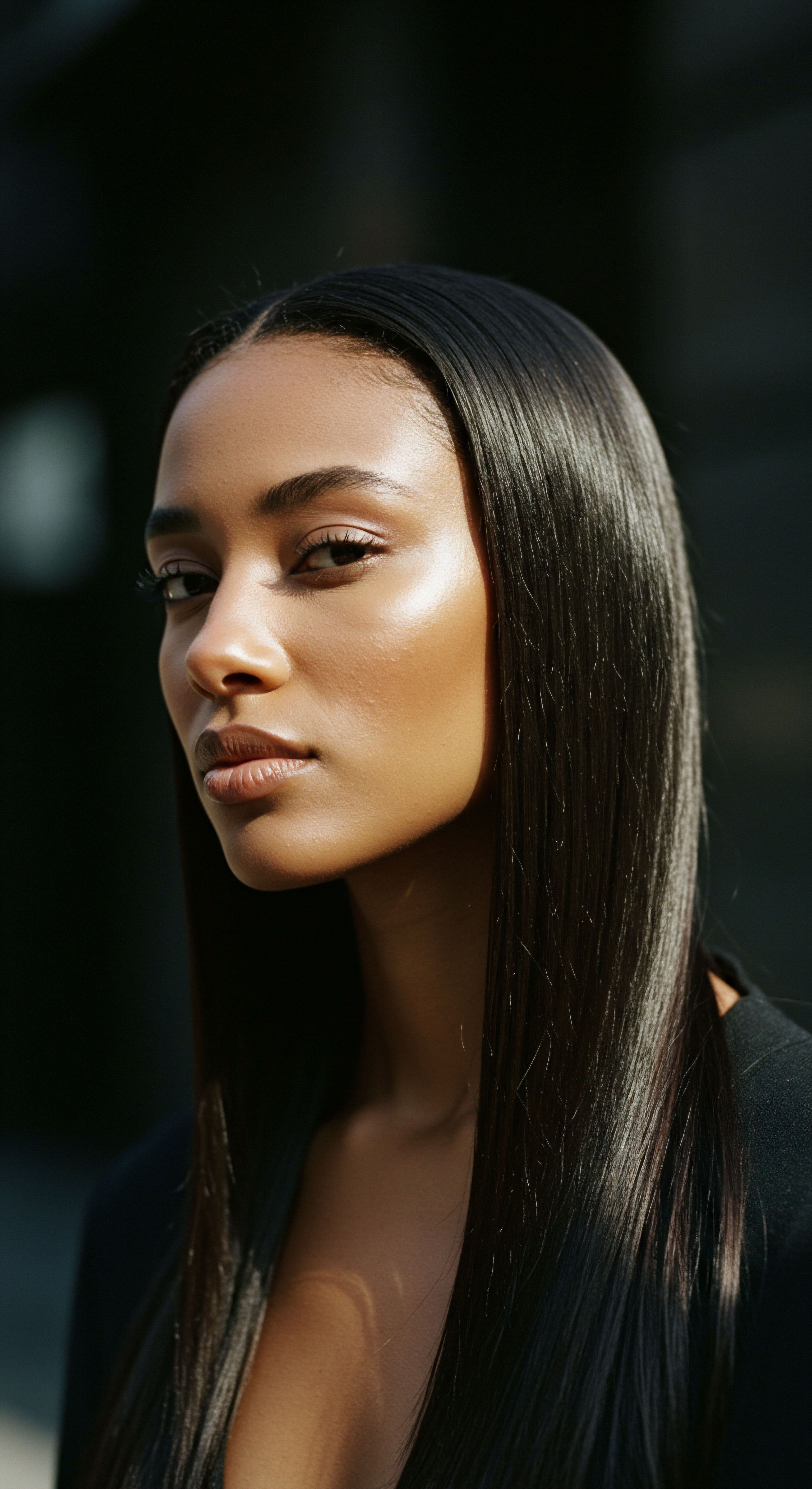
What Does Mummy Hair Tell Us About Ancient Conditioners?
Perhaps the most direct evidence comes from the microscopic and chemical examination of hair samples taken from ancient Egyptian mummies. A significant study by Natalie McCreesh and her colleagues at the University of Manchester, UK, offers a compelling example. They investigated hair from 18 mummies, some dating back as far as 3,500 years, with the majority from the Greco-Roman period (around 2,300 years ago) at the Dakhleh Oasis cemetery.
The researchers used advanced techniques, specifically Gas Chromatography–mass Spectrometry (GC-MS), to analyze the substances coating the hair. This method separates and identifies different molecules within a sample, revealing its chemical composition. Their findings were striking ❉ nine of the mummies exhibited hair coated in a mysterious fat-like substance. The GC-MS analysis identified this coating as containing biological long-chain fatty acids, including Palmitic Acid and Stearic Acid.
This discovery suggests that the Egyptians employed a fat-based product, akin to a modern hair gel or fixative, to style and condition their hair. The presence of these fatty acids on both naturally preserved mummies and those that underwent artificial mummification points to its use as a beauty product during life, not solely as part of the embalming process. The consistency of the findings across various mummies from different periods underscores the widespread and long-standing practice of using such fatty preparations for hair.
| Analyzed Substance Fat-like coating on mummy hair |
| Key Chemical Components Palmitic acid, Stearic acid (long-chain fatty acids) |
| Significance for Hair Care Suggests a fat-based styling/conditioning agent, providing hold and possibly moisture. |
| Analyzed Substance Ointments from cosmetic jars |
| Key Chemical Components Various plant oils (e.g. moringa, almond, olive, sesame), animal fats |
| Significance for Hair Care Indicates moisturizing, softening, and protective properties for hair and skin. |
| Analyzed Substance Remedies from medical papyri |
| Key Chemical Components Plant oils, animal fats (e.g. hippopotamus, crocodile, lion) |
| Significance for Hair Care Demonstrates attempts to address hair loss and other scalp conditions, though efficacy varied. |
| Analyzed Substance Scientific analysis of archaeological finds provides direct chemical evidence of ancient Egyptian hair care ingredients. |

How Did Ancient Egyptians Address Hair Concerns Beyond Conditioning?
The ancient Egyptians’ approach to hair was comprehensive, extending beyond mere conditioning to address concerns such as hair loss and even greying. Their medical papyri provide a window into these remedies, some of which seem unusual by today’s standards, yet speak to a persistent human desire for healthy, abundant hair.
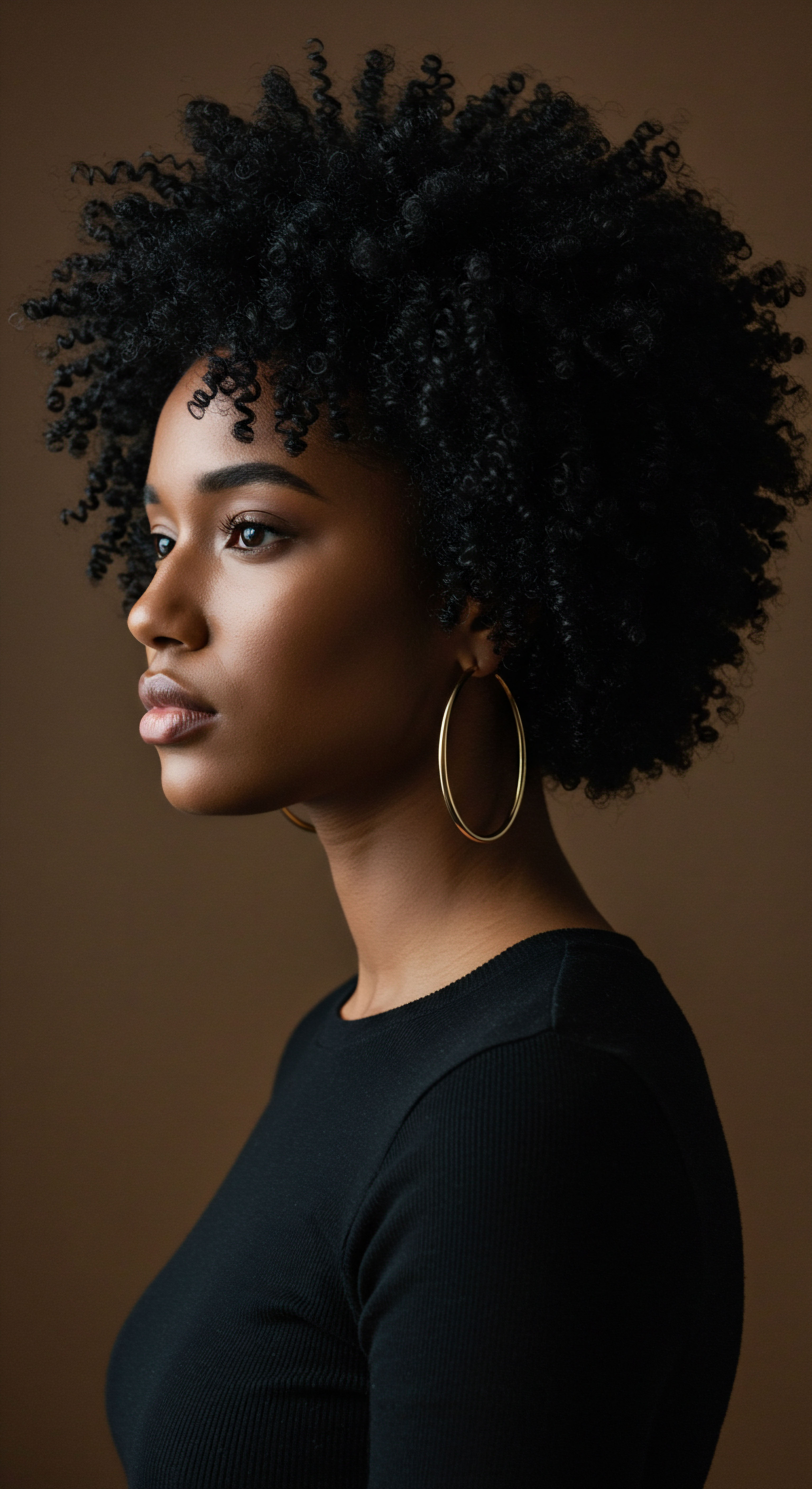
What Surprising Ingredients Appeared in Hair Loss Remedies?
The Ebers Papyrus, a pivotal medical text from 1550 BCE, contains numerous prescriptions for hair loss. These remedies often blended plant oils with various animal fats, reflecting a holistic, albeit sometimes peculiar, understanding of medicinal properties. For instance, some prescriptions suggested a mixture of fats from a Hippopotamus, Crocodile, Tomcat, Snake, and Ibex. One particularly unique, and perhaps controversial, example found in the Ebers Papyrus (E 473) even mentions using ‘sft oil’ for hair loss, with a later passage (E 475) instructing the boiling of Lotus Leaves Steeped in Fat or Oil for application to the head.
Another suggested remedy involved porcupine hair boiled in water and applied to the scalp for four days. Even more astonishing, some recipes included grinding dead mice and horse teeth with bear grease, as advised by Cleopatra to Julius Caesar for hair recovery.
These formulations, while not always aligning with modern scientific understanding of hair growth, illustrate the Egyptians’ meticulous record-keeping and their deep-seated concern for hair health. The very existence of such detailed, if sometimes strange, remedies underscores the cultural importance placed on maintaining a full head of hair.

Did Ancient Egyptians Use Oils for Styling Beyond Conditioning?
The application of oils and fatty substances by ancient Egyptians extended beyond simple conditioning; they served as crucial styling agents, providing hold and a desired sheen. The findings from mummy hair analysis strongly support this dual purpose.
The fat-based coating identified on the hair of mummies, rich in palmitic and stearic acids, acted as a kind of ancient hair gel. This substance allowed them to set elaborate hairstyles, curls, and braids, ensuring their appearance remained impeccable both in life and, significantly, in the afterlife. The ability of these natural fats to provide a lasting hold in the dry Egyptian climate is a testament to their practical efficacy. The visual depictions in ancient art often show meticulously styled hair, reinforcing the idea that these oils were integral to achieving such looks.
This blend of conditioning and styling demonstrates a practical and aesthetic sophistication in their beauty routines, where the same ingredients could nourish the hair while also shaping it to reflect social norms and personal expression. The emphasis on smooth, lustrous hair was not merely about health; it was about presenting a polished image that spoke volumes about status and self-care.

Reflection
As we close this chapter on the ancient Egyptians and their hair conditioning oils, we find ourselves with a profound sense of continuity. The echoes of their practices, the whispers of castor, moringa, and almond oils, remind us that the quest for healthy, beautiful hair is a timeless human endeavor. Their meticulous attention to natural ingredients, their blending of botanical wisdom with practical application, offers a gentle nudge towards simplicity and deep understanding in our own textured hair journeys. Perhaps the true conditioning wisdom lies not in chasing fleeting trends, but in connecting with the earth’s quiet offerings, much as the ancients did, allowing nature’s touch to nourish and bring forth the intrinsic radiance of our strands.
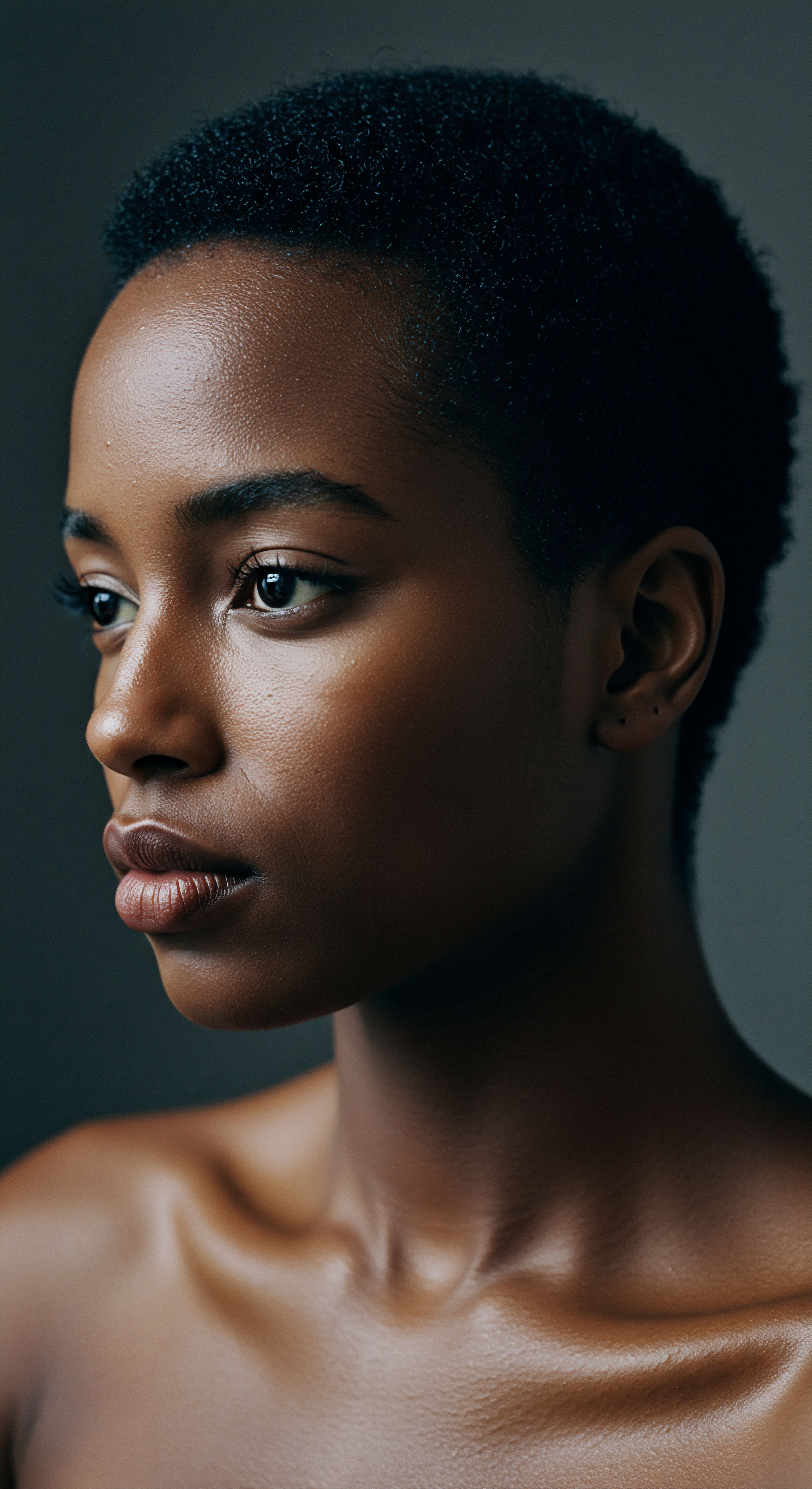
References
- Bryan, Cyril P. Ancient Egyptian Medicine ❉ The Ebers Papyrus. Ares Publishers, 1930.
- David, Ann Rosalie. The Mummy’s Tale ❉ The Scientific and Medical Investigation of an Ancient Egyptian Mummy. Michael O’Mara Books, 2000.
- Lucas, Alfred. Ancient Egyptian Materials and Industries. Edward Arnold & Co. 1962.
- Manniche, Lise. An Ancient Egyptian Herbal. University of Texas Press, 1989.
- McCreesh, Natalie C. Andrew P. Gize, and A. Rosalie David. “Ancient Egyptian Hair Gel ❉ New Insight into Ancient Egyptian Mummification Procedures through Chemical Analysis.” Journal of Archaeological Science 38, no. 12 (2011) ❉ 3432–3434.
- Nunn, John F. Ancient Egyptian Medicine. University of Oklahoma Press, 2002.
- Ribechini, Elena, Francesca Modugno, and J. Pérez-Arantegui. “Discovering the Composition of Ancient Cosmetics and Remedies ❉ Analytical Techniques and Materials.” Analytical and Bioanalytical Chemistry 401, no. 6 (2011) ❉ 1727–1738.
- Robins, Gay. Women in Ancient Egypt. Harvard University Press, 1993.
- Tassie, Geoffrey John. The Social and Ritual Contextualisation of Ancient Egyptian Hair and Hairstyles from the Protodynastic to the End of the Old Kingdom. PhD dissertation, University College London, 2008.
- Wilkinson, Richard H. Reading Egyptian Art ❉ A Hieroglyphic Guide to Ancient Egyptian Painting and Sculpture. Thames & Hudson, 1992.